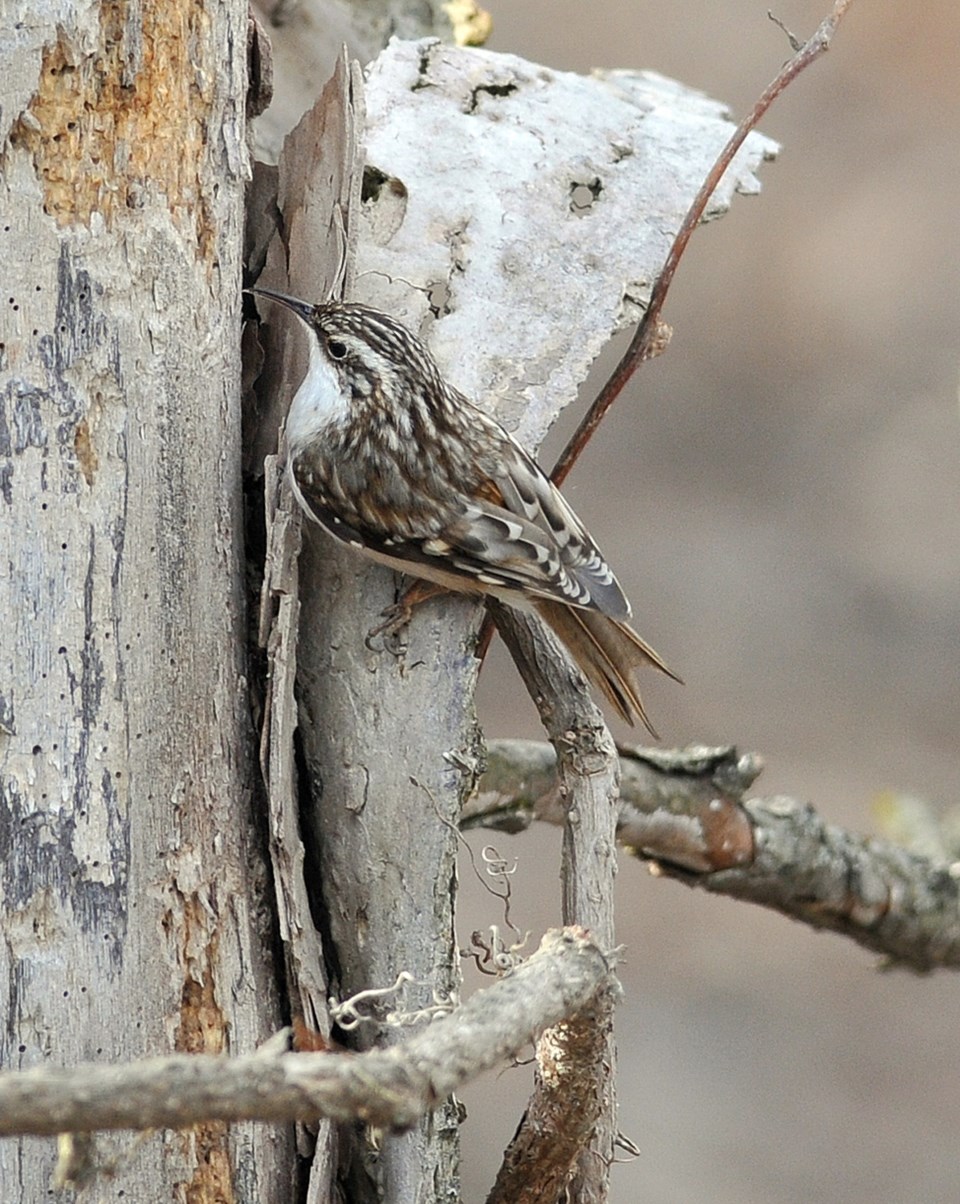While reading through an agricultural newspaper last week I came upon a short article about bees and apple orchards.
There's no surprise here that apple blossoms need to be pollinated in order to produce fruit, but this snippet of research revealed an interesting facet of apple production.
This publication always has a story or three that discusses the relationship between nature and agriculture, an interesting blend of "one day allies, the next day foes... and then back again."
Farming is just humankind's way of manipulating nature, so maybe there shouldn't be too much of a surprise that these themes show up in agricultural discussions, yet for centuries there is this underlying respect/fear of Nature, a kind of an 'us versus them' attitude.
To grow good crops that becomes food to feed the people, every edge must be examined to create enough food for a ever-expanding human population on an ever-shrinking land base.
Within the study of the environment there exists the fancy term known as resource partitioning. Just as understanding that food chains and food webs are parts of a natural ecosystem, resource partitioning must also be looked at in order to truly understand how Nature works, and how easy it is to tragically mess up the system.
There are two other ways to express resource partitioning, one is sharing, and the other is divide and conquer. Wow, already opposing views on the same topic. So this is how it works:
In northern Ontario many species of birds nest and raise their young within the black spruce forests.
One group of birds are called wood warblers, a very colourful and industrious gang of feathered critters that migrate through our region every fall and spring, much to the delight of birdwatchers.
Several species of wood warblers live in the exact same habitat, thus competing for food and nesting sites. How do they do it, so that one species does not out-compete another? Resource partitioning.
As these birds forage through the forest, each has an area of a tree to cover. The Cape May warblers search for insect food amongst and within the very tops of the spruce trees.
Blackpoll warblers search the outer tips of the upper third of the tree. Blackburnian warblers search the interior of the upper tree branches. Chestnut-sided warblers search the outer tips of the branches around the middle of the tree.
Yellow-rumped warblers search for food around the base and trunk of the tree. By sharing, or partitioning, the tree into search areas, these five warbler species can each survive by finding enough food within their respective areas or parts of the tree.
The added benefit is that the spruce tree is cleansed of harmful insects. And healthy spruce trees eventually make for lots of lumber, don't ya know. (Sorry, had to throw that in there.)
Another example of resource partitioning can be seen in our local woodlots. White-breasted nuthatches start their search for insects at the top of the tree and spiral head-down the trunk picking food as they see it.
Brown creepers start at the base of the tree and spiral upwards, finding morsels from their looking up viewpoint. Hairy woodpeckers move laterally around the tree trunk, checking the sides of crevices for hiding insects.
These three species all live in the same hardwood forest, yet each as a portion of the resource to eke out their food searches.
And that brings me back to the apple blossom article. There are several kinds of bees that live near apple orchards, some are big like bumble bees and honey bees, others are quite small and live a solitary existence.
Researchers of apple blossoms have determined that a flower has to be visited by not just one, but several pollinators to produce a good fruit. Each bee, wasp, butterfly and other nectar seeker will wander around a particular blossom in the same way warblers go through a spruce tree.
This study shows that "different bee species exhibit different pollinating behaviours. Some approach from the side, others from the top, and they each may feed at different times of day and with varied frequencies, all of which affect how completely an apple flower is pollinated".
The ovaries within each blossom require several pollen grains in order to grow a full set of seeds. If the seeds are well developed the fleshy part of the apple that protects the seeds is also well developed. Lots of pollinators means lots of big juicy apples.
So whether the resource is a single flower, a cluster of hardwoods trees or a vast conifer forest, there is a myriad of inter-related systems in play, all functioning at the same time.
In a natural ecosystem that contains a diverse number of organisms, healthy life is assured for all. Which leads into predator-prey relationships, but that may be a story for another time.
